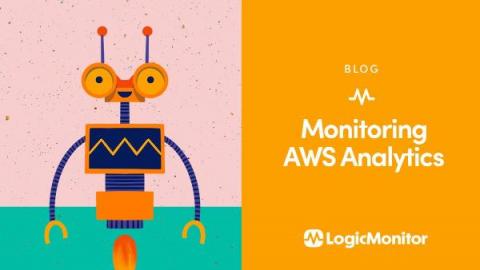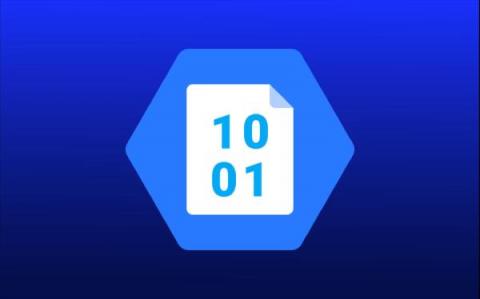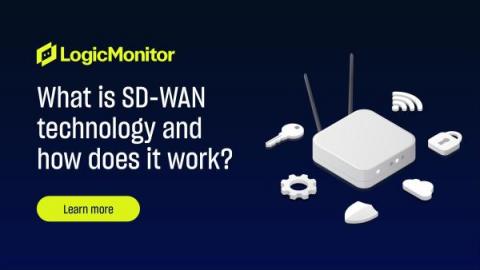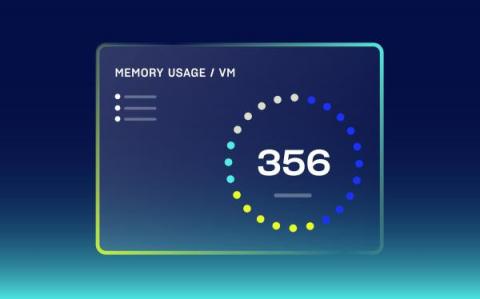Cloud & observability: hot topics from AWS re:Invent
A couple of weeks ago, I had the opportunity to attend AWS re:invent, one of the biggest cloud industry events of the year. An event so massive and big that only AWS can pull it off – 50,000 people marching across half a dozen of the finest hotels on the Las Vegas strip. The expo hall alone would have taken more than a couple of days to cover all the vendor booths spread across the expansive Venetian convention center.











